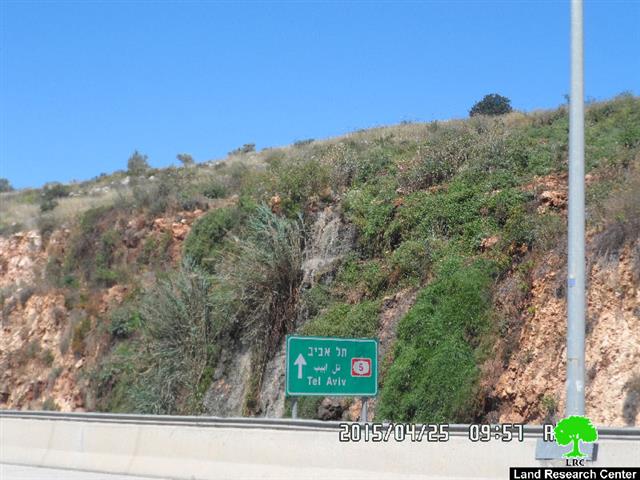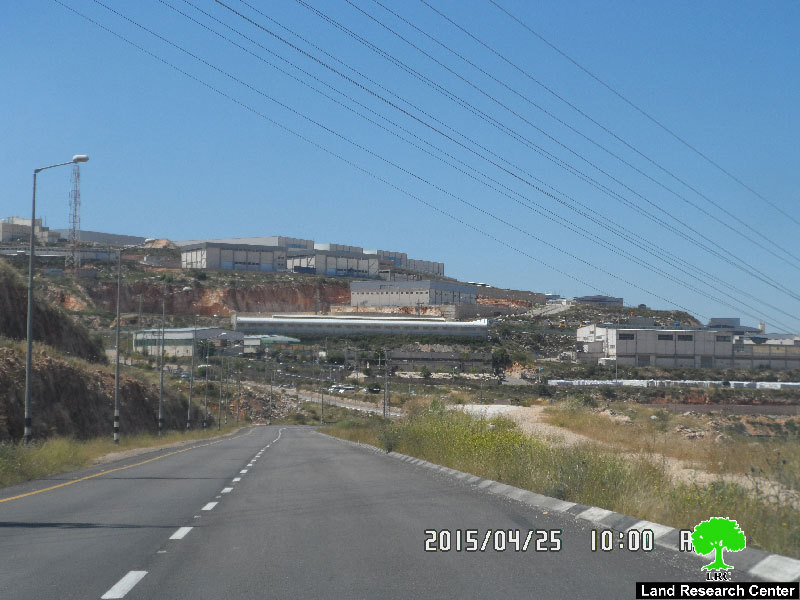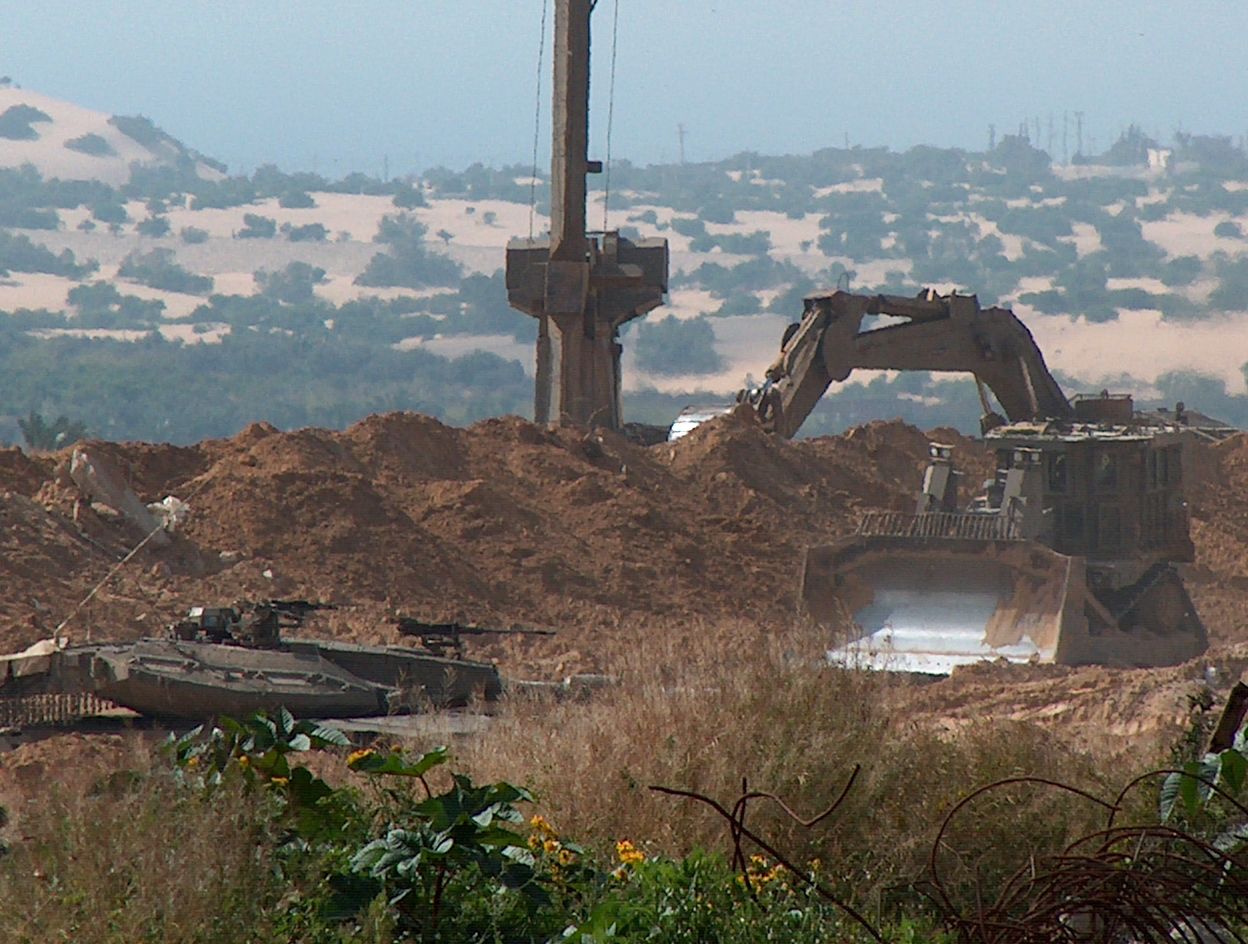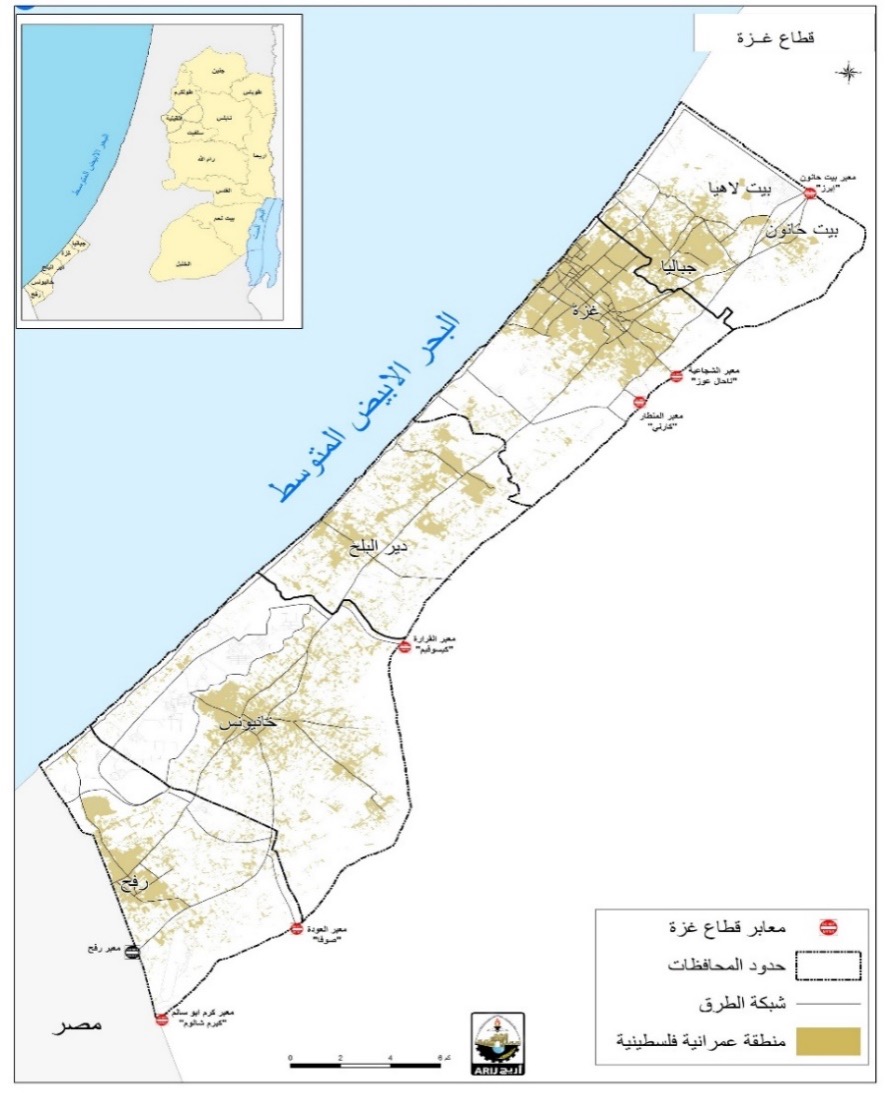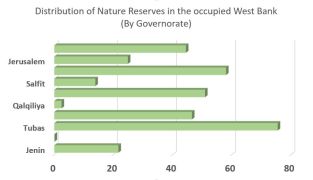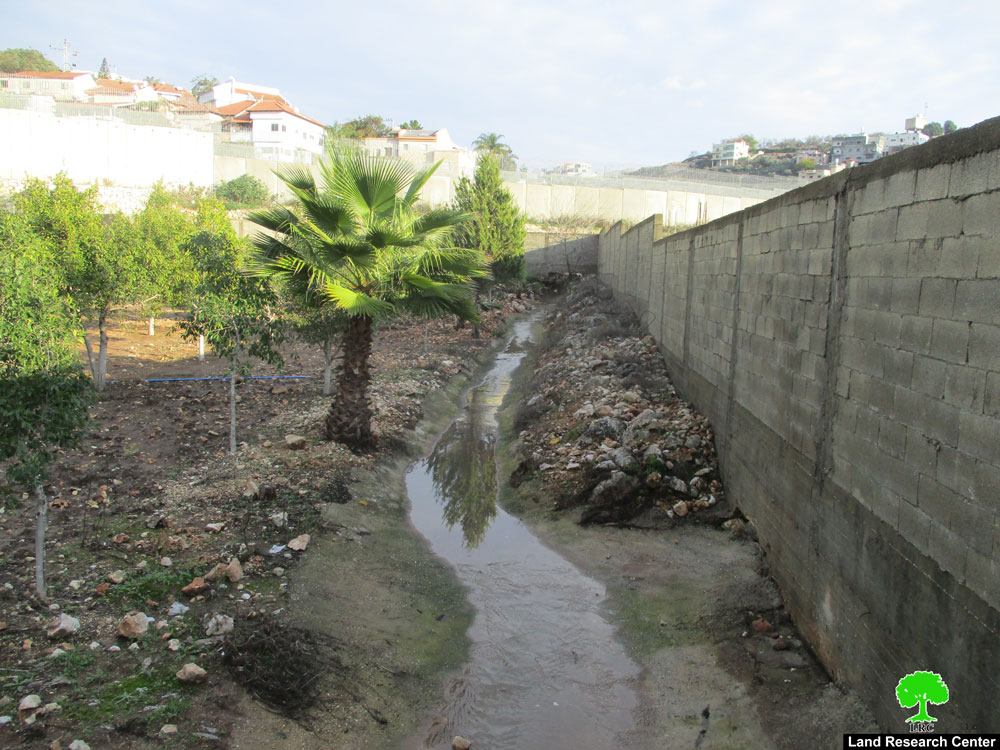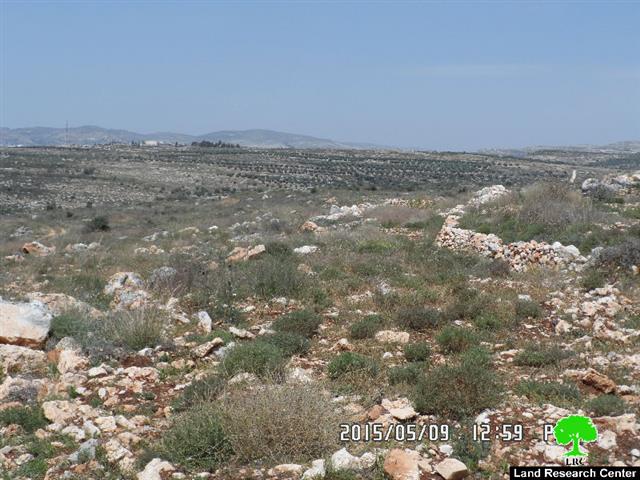Violation: nature destruction due to Barkan's wastes
Location: Bruqin village
Perpetrators: Barkan colony
Victims: residents of Bruqin
Details:
The problem of pumping untreated chemical liquids from Barkan industrial colony towards the pasture lands and valleys in Bruqin village is still ongoing causing a negative destructive effect on nature, environment and agriculture of the area.
Noteworthy, the problem dates back 15 years and still awaits for a radical solution but no results are likely to be rendered.
It should be marked that the industrial colony of Barkan pumps every now and then huge quantities of untreated chemical liquids into the valley of Bruqin village that streams 2km from the northeastern side of the village. This causes the vegetation of the area goes critical and harms plants and trees founded in the area.
Not only that, the area that was once known for its scenery, captivating nature and water springs became deserted; people stopped cultivating their lands and others left their residences. The percentage of famers who plant field crops declined due to the pollution caused by the colony.
Photo1 : Barkan colony
Also, the negative impact reached out animals in the area; toxics are reported to infuse in animals tissues through drinking polluted water. Thus, humans will be subject to the same damage in case of eating affected animals and dairy products. As consequence, the sector of fauna was badly stroke for people moved to buy meat and dairy products from outside the village.
In addition, the number of wild pigs has remarkably increased in the area, taking into account that such animals destroy plantations and crops, sustaining financial losses to farmers. Above all that, there was a notable spread of rodents and diseases in the area due to the pollution.
Despite all international human rights organizations and the Red Cross' calls on stopping this practice, the problem is still there. Residents of the area submitted a number of complaints in that regards but no results were rendered. On the contrary, the problem is increasing and the contamination spot is getting wider.
Prepared by
The Land Research Center
LRC

